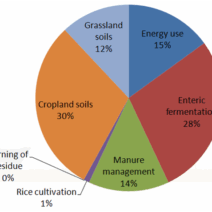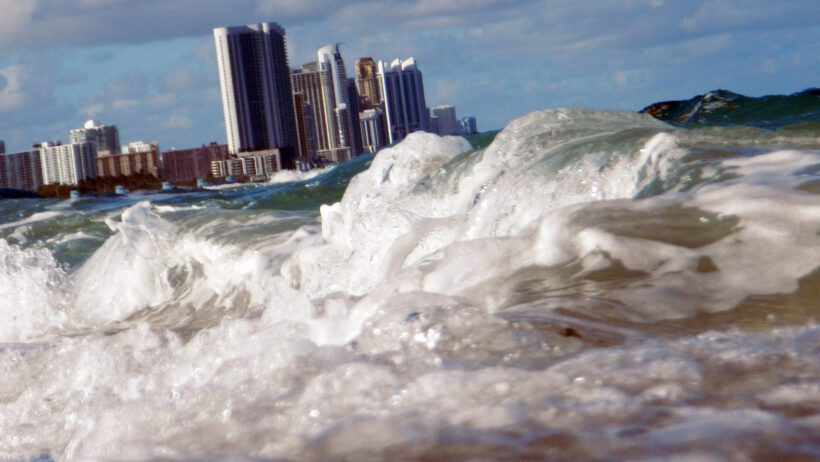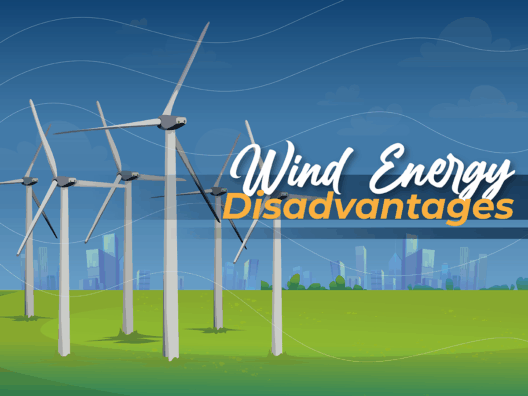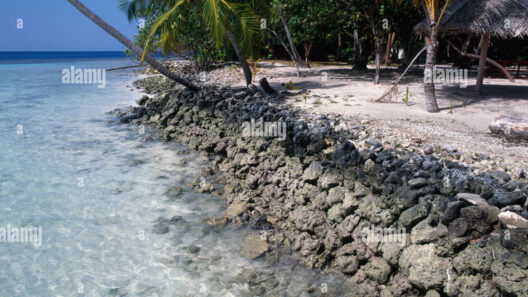Sea level rise has emerged as one of the most pressing environmental challenges of our time, particularly for coastal regions like Florida. As one of the flattest states in the United States, its coastal ecosystems and human settlements are especially vulnerable to the encroaching tides. Understanding the nuances and complexities of this issue is essential to comprehending the multifaceted impacts on Florida’s coastline.
In this article, we will explore the various dimensions of sea level rise in Florida, the contributing factors, its implications for both natural environments and human communities, and the possible adaptations that can mitigate its effects. This analysis aims to provide a well-rounded perspective on the ongoing situation, rooted in scientific observations and sociocultural considerations.
Understanding the Science of Sea Level Rise
To grasp the gravity of sea level rise in Florida, one must first understand the underlying science. Sea levels are primarily influenced by two factors: thermal expansion of ocean water as it warms and the melting of land-based ice. The current trends show an alarming average rise of approximately 3.3 millimeters per year, and projections indicate that levels could rise anywhere between one to four feet by the year 2100, depending on emission scenarios.
Florida’s coastal geography exacerbates this situation. With an average elevation of only six feet above sea level, the state is particularly susceptible to flooding. Low-lying areas, such as Miami and the Florida Keys, face the greatest risks. In addition, the phenomenon of land subsidence, where the ground is slowly sinking due to various factors including groundwater extraction and geological processes, compounds the effects of rising seas.
The Human Element: Impact on Communities
The implications of rising sea levels are significant for Florida’s population. Over 10 million Floridians live in coastal areas, thus the stakes are high. The risk of inundation leads to a variety of socio-economic issues, ranging from property damage to displacement of communities. Flood-prone neighborhoods may face escalating insurance premiums or even a lapse in coverage altogether, making living in these areas increasingly untenable.
Coastal cities are already experiencing “sunny day flooding,” a phenomenon where high tides result in minor flooding of roads and properties, even on dry days. For many residents, this is not merely a nuisance but a direct indicator of more severe flooding events to come. Emergency services and local governments must now allocate resources to adapt and respond to increasingly frequent inundation events, straining local budgets and public services.
Ecological Repercussions: Altered Habitats and Species
Beyond human impact, sea level rise dramatically alters Florida’s ecosystems. The state is renowned for its diverse habitats, including wetlands, mangroves, and coral reefs. Rising waters disrupt these intricate systems. Saltwater infiltration into freshwater ecosystems can lead to a loss of biodiversity, as native species struggle to adapt to changing salinity levels.
Furthermore, the delicate balance of the Everglades, a UNESCO World Heritage site, is jeopardized. Increased salinity threatens the flora and fauna, including endangered species like the Florida panther and the manatee. The complex interplay between land and water is crucial for these ecosystems, and climate-induced changes risk tipping them beyond recovery.
Mitigation and Adaptation Strategies
Despite the challenges presented by rising sea levels, Florida is not without options. Local governments and state agencies are exploring various strategies aimed at mitigating the effects and adapting coastal communities to the inevitable changes. A multi-faceted approach is essential for long-term resilience.
One promising avenue is the use of nature-based solutions, such as restoring wetlands and mangroves, which can act as natural barriers against flooding. These ecosystems not only serve as a buffer but also as carbon sinks, contributing positively to climate health. Furthermore, investing in improved infrastructure, including seawalls and drainage systems, can alleviate the immediate risks that communities face.
Public awareness and community engagement are also crucial components of resilience planning. Educational campaigns can inform residents about the risks and encourage proactive measures. The implementation of zoning laws that limit development in vulnerable areas may be essential for long-term sustainability, ensuring that future generations inherit a safe and thriving environment.
Conclusion: A Call to Action
In sum, sea level rise poses a significant threat to Florida’s coastline, challenging the natural world and human communities alike. A comprehensive understanding of the scientific basis, socio-economic impacts, and ecological consequences is essential for citizens and policymakers. Embracing innovative mitigation and adaptation strategies can offer hope in the face of adversity.
While the challenges are formidable, they are not insurmountable. Individuals, communities, and governments must unite in a concerted effort to address this pressing issue. Future generations deserve a Florida that is not only resilient but also rich in biodiversity and opportunities. The time to act is now.






